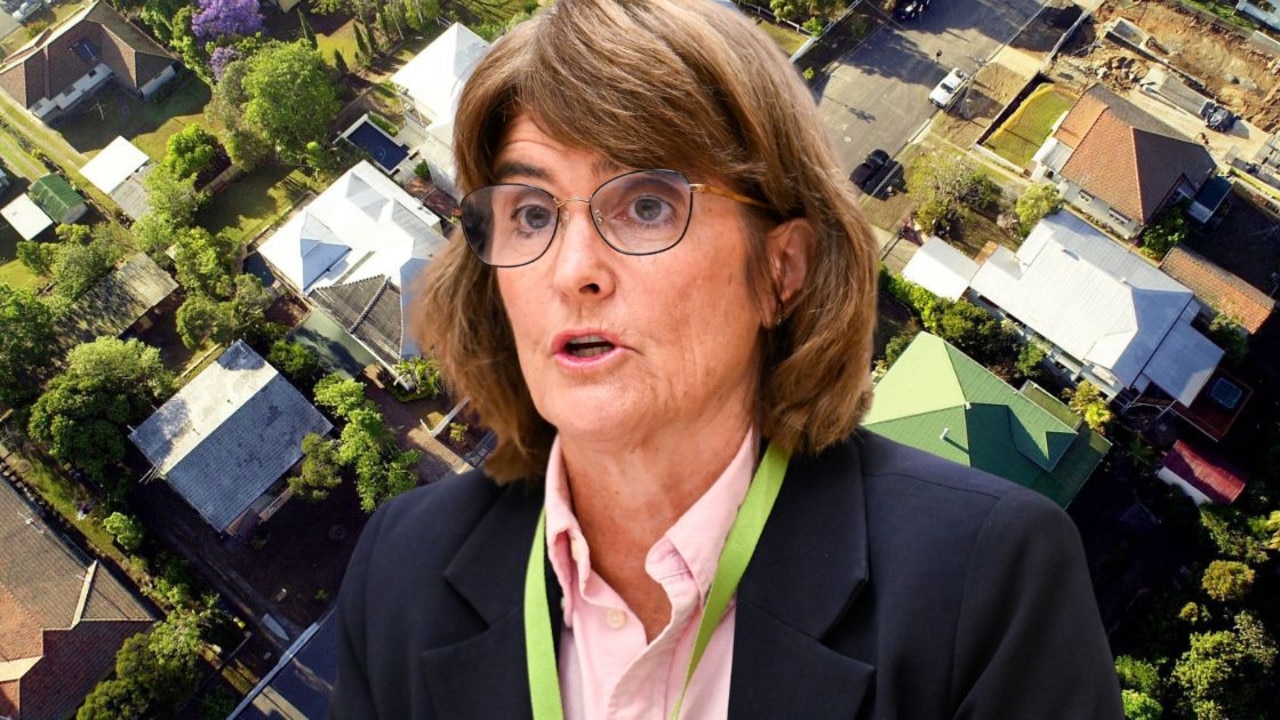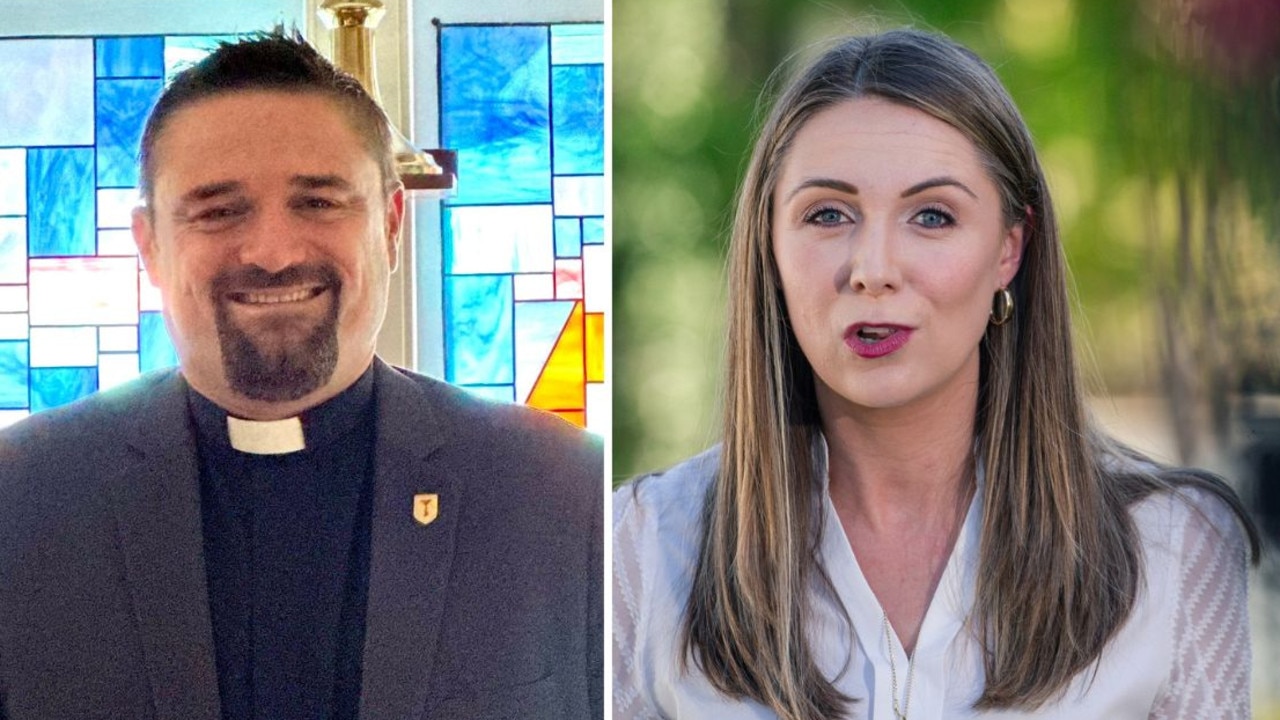Insight: More behind US-North Korea summit than we’ll ever know
THE landmark summit between US President Donald Trump and North Korean leader Kim Jong-Un was extraordinary way to conduct diplomacy at the highest level. But what was said when the cameras weren’t running still remains a mystery.
CM Insight
Don't miss out on the headlines from CM Insight. Followed categories will be added to My News.
WHEN Richard Nixon arrived in China in February 1972, he and his party were met by the country’s premier Zhou Enlai, who surprised the guests by saying Chairman Mao Zedong wanted to meet with the American president right away.
On the US side, the meeting was confined to Nixon, his national security adviser Henry Kissinger and Kissinger’s aid Winston Lord, while on the Chinese side there were just Mao and Zhou.
Just as Donald Trump did with North Korea’s Kim Jong-un this week, there was lavish praise from the US president, although in 1972 it was behind closed doors.
Nixon complimented Mao on his writings, saying his words had “moved a nation and have changed the world”.

However, these words and other exchanges between Nixon and Mao were kept secret, only released after the documents from the visit were declassified in 2003.
In Singapore we heard Trump praise Kim to his face and to the assembled media.
It was an extraordinary way to conduct diplomacy at the highest level, but no more than we have come to expect from the 45th President of the United States.
Five days after the Trump/Kim meeting, we are still struggling to work out just what was said, agreed and where things will go from here.
According to Trump and his Secretary of State Mike Pompeo, there was no transcript of the private meeting – does this mean there was no recording, as would be normal practice? – and even some very consequential outcomes were not flagged with people in Washington who should have known or with close allies.

The most significant was the concession Trump made to Kim to halt what he called “war games” in South Korea.
These military exercises – called Foal Eagle – have been held for more than 20 years (coinciding with the emergence of the North’s nuclear ambitions being realised), and provide security for the authorities in Seoul and reassurance for the Japanese.
The South Koreans were not warned, causing a spokesman for President Moon Jae-in to express alarm.
They weren’t alone – apparently the US Pentagon was also blindsided.
North Korean media – strictly controlled by the regime – reported after the summit that the US had agreed to a staged denuclearisation, which would be accompanied by sequential rewards.
The suggestion was that as the North took apart or wound back its nuclear program, the “maximum pressure” economic sanctions imposed under the weight of a unanimous UN Security Council resolution would be lifted piece by piece.

Secretary Pompeo denies this, but some analysts fear the US President might have given some verbal assurance to Kim.
After he returned to Washington, Trump reached for his mobile phone and tweeted his self-satisfied sense of achievement.
“Before taking office people were assuming that we were going to War with North Korea,” Trump wrote.
“President Obama said that North Korea was our biggest and most dangerous problem. No longer – sleep well tonight!”
In reality, there’s plenty of work to be done before we can “sleep well” and before the nuclear threat from North Korea has been reduced, let alone eliminated.

Firstly, this was not the last time these two will get together.
As Trump said, “we will meet many times”, with the next encounter now expected to be on the sidelines of the UN General Assembly in September.
This would be another public relations coup for Kim – imagine the dictator of North Korea going to the world body that has sanctioned him and his regime countless times.
The other flashpoint on the road ahead is what happens to the 28,000 US troops in South Korea – a military force Trump has said he’d like to at least scale down because of the cost.
More than any other president in the modern era, Trump has campaigned against the “failure” of traditional US allies to contribute what he sees as a “fair share” of the costs for defence such as the North Atlantic Treaty Organisation, and alliances such as that between America and Japan and South Korea.

Analysts do not rule out Trump moving on those troops in South Korea – something which would result in the most fundamental shift in US policy in Asia since relations with China normalised 39 years ago.
These are major issues that have not been resolved after a meeting that had much less to it than it appeared.
After Nixon met Mao he uttered these historic words: “This was the week that changed the world, as what we have said in that communique is not nearly as important as what we will do in the years ahead to build a bridge across 16,000 miles and 22 years of hostilities which have divided us in the past. And what we have said today is that we shall build that bridge.”
These words held true then and still do so today.
Dennis Atkins is The Courier-Mail’s national affairs editor.


